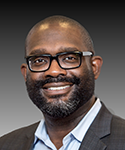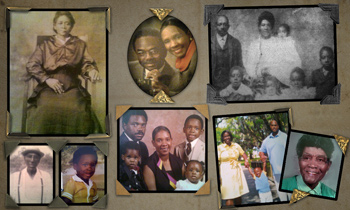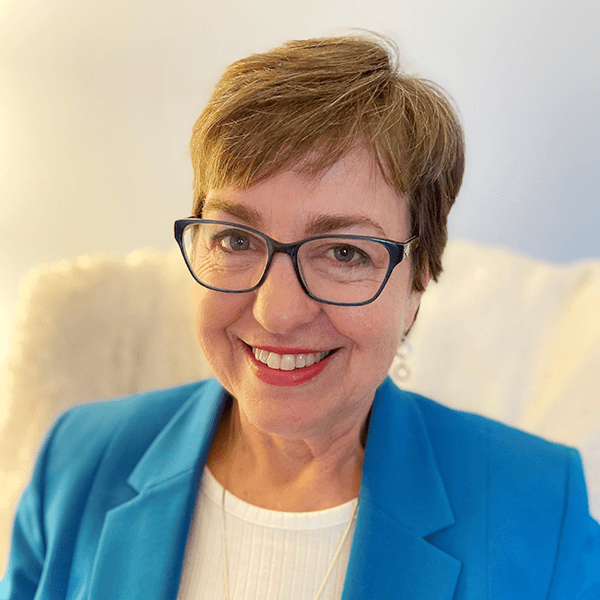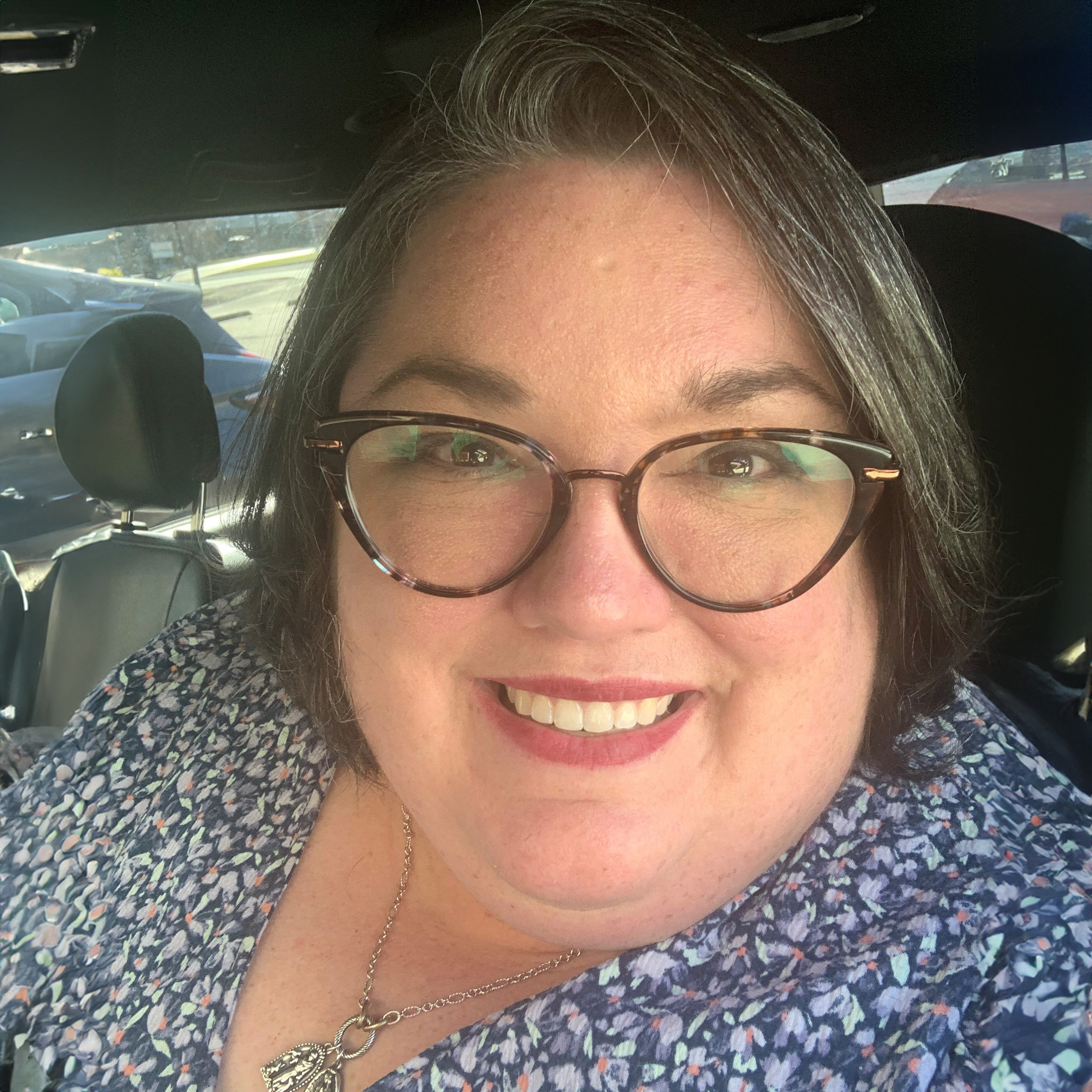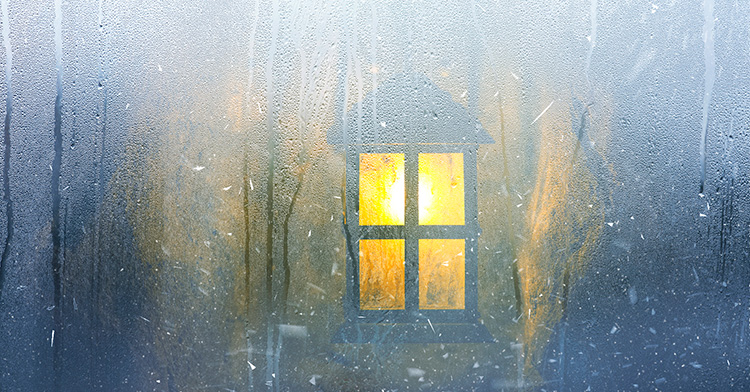I don’t remember the year. Was it 1986? 1987? The ’80s have vaporized into memory.
But I know it was Dec. 31, and I remember what I was doing. I remember what we were doing: preparing to go down on our knees and “watch” for the coming new year.
There is a pseudoscientific hypothesis about body memory. The idea is that the body can store memories just like the brain. Perhaps this is true. I know that around 11:30 to 11:45 p.m. on New Year’s Eve, my family members’ bodies are liable to assume a kneeling posture. We have always done it; we always will. It is almost like an involuntary muscle, like the heart beating. By God’s grace, it just happens.
And it doesn’t even matter if we’re in church. On that day we were in Brunswick, Ga., at the home of my Aunt Evelyn. We had decided not to attend Watch Night at church that evening. I am not sure, but I would speculate that this act of the family congress had to have been signed by my Grandmother Gladys. Or it would have had no chance of becoming law.
I was a teenager, and it was the first time I could recall missing church on Dec. 31. I wondered what we would do. From where would the testimonies come about how good God had been the previous 12 months? Who would tell of the goodness of God in the land of the living? Who would sing the songs of Zion? Who would compose the not-always-faithful congregation of the always-faithful God? My family would -- all 15 or so of us.
Truly, the church is not the building. The church consists of the bodies, hearts and minds of the people. We were gathered and God visited. We had our own testifiers, choir, lections and lectors. We built an altar in the family room. We sang and prayed out the old year and welcomed with joy the new year. I do not remember exactly what we sang or read. I do not remember the contents of our prayers.
But I am sure that we paused to remember the triumphs and struggles of our ancestors. Somebody has to have thanked God for another year. Somebody has to have said, “Lord, I am not what I ought to be. But I thank you that I am not what I used to be.” This is what happens at Watch Night services.
Watch Night is now strongly associated with African American tradition, though it began with the Moravians and was later adopted by John Wesley is what is now called Covenant Renewal service. (Many people believe that it was derived from enslaved Africans celebrating Freedom’s Eve on Dec. 31, 1862, as they watched and waited for the Emancipation Proclamation to become effective, though scholars say that is not its origin.)
The Watch Night celebrations that formed and shaped me renewed covenants and celebrated freedom. We repented of sin and prayed for grace to live as disciples of Jesus Christ in the new year. We praised God that the “long night of slavery” was over and, as Frederick Douglass declared, “the glorious morning of liberty” had dawned.
We were not in church that evening in the mid-’80s. But the church was in us. And because of my firm belief in the communion of saints, I know that when we knelt we were surrounded by those whose voices had been hushed by time.
Gladys is gone now. Evelyn is gone. But on Watch Night 2010, I will join with them on bended knee, watching and waiting. Amen.

